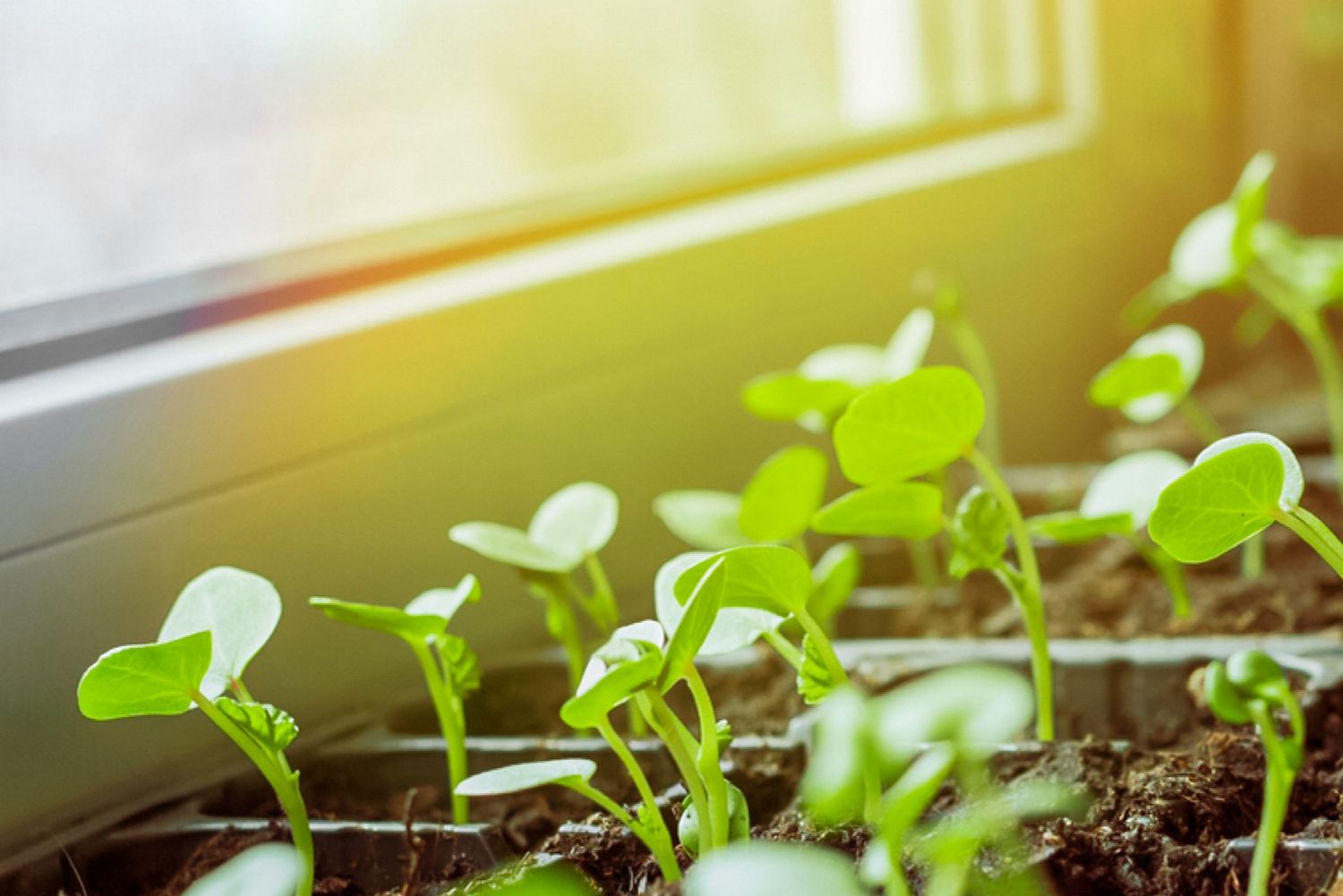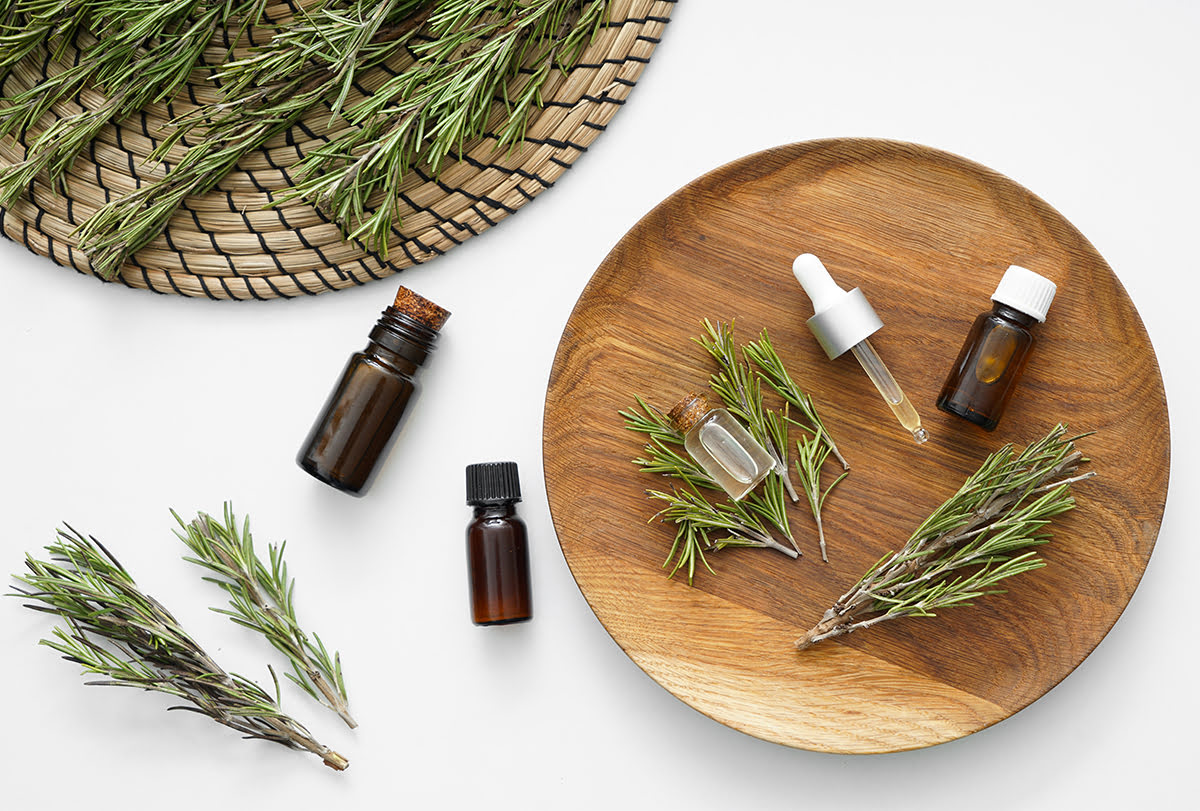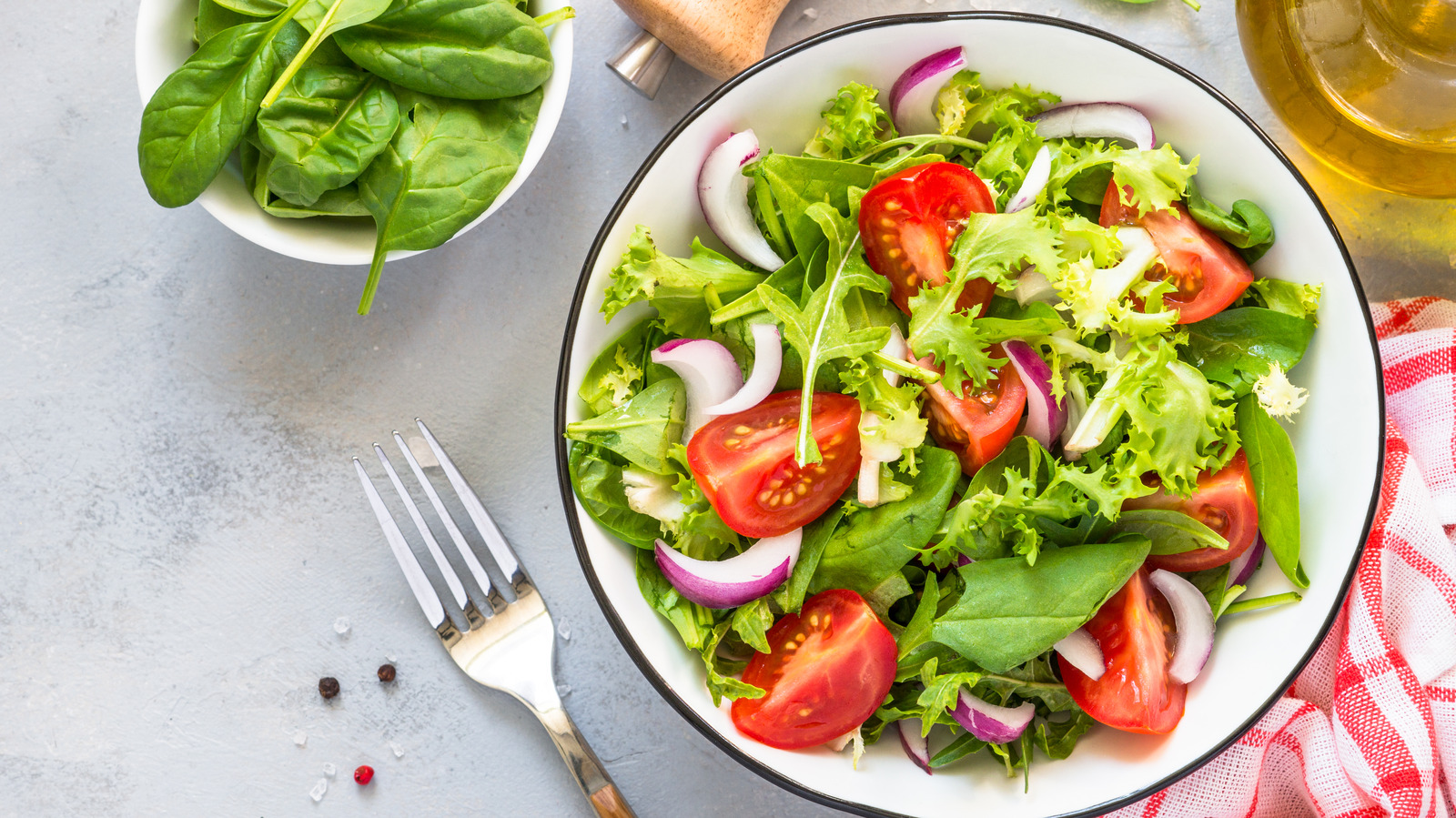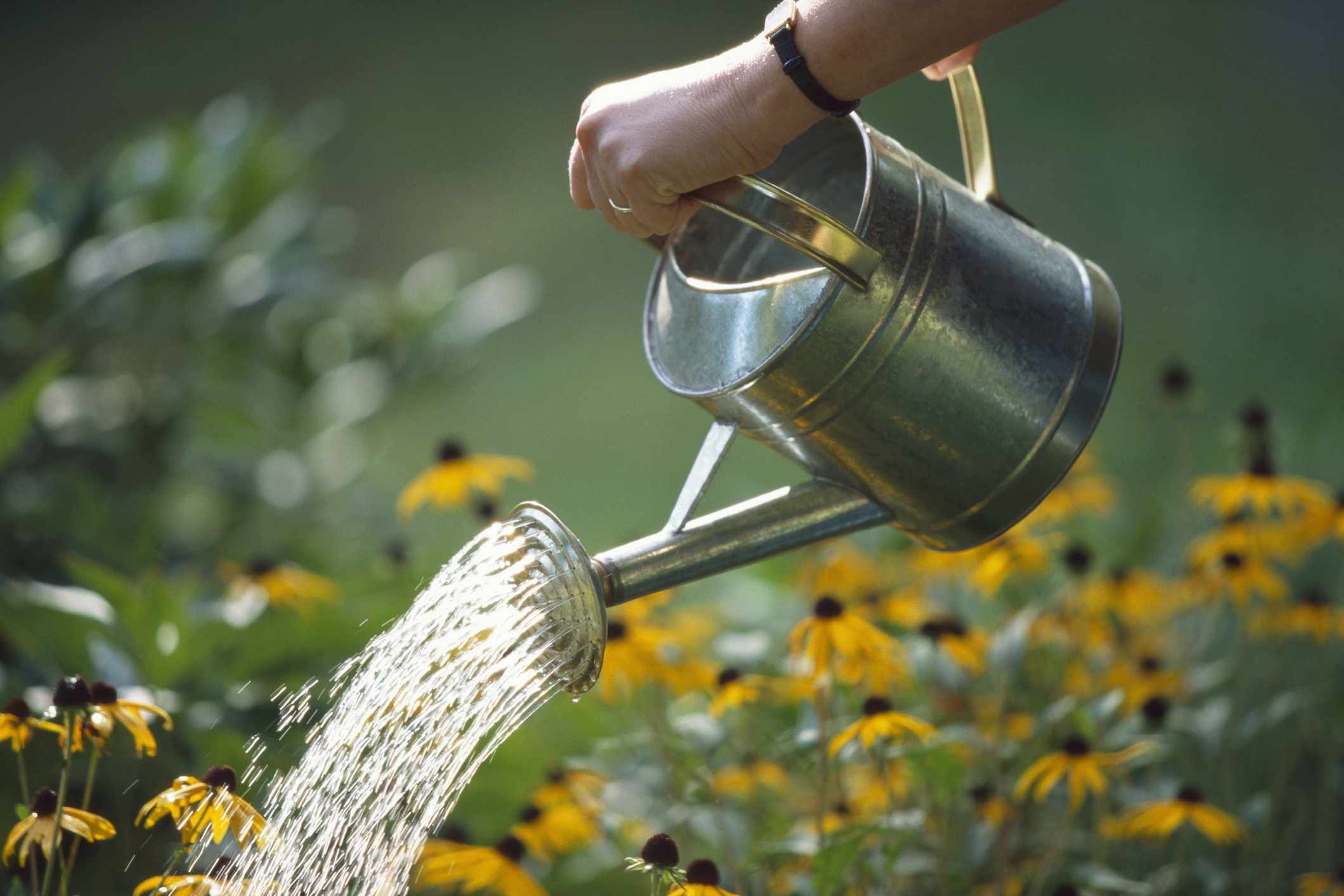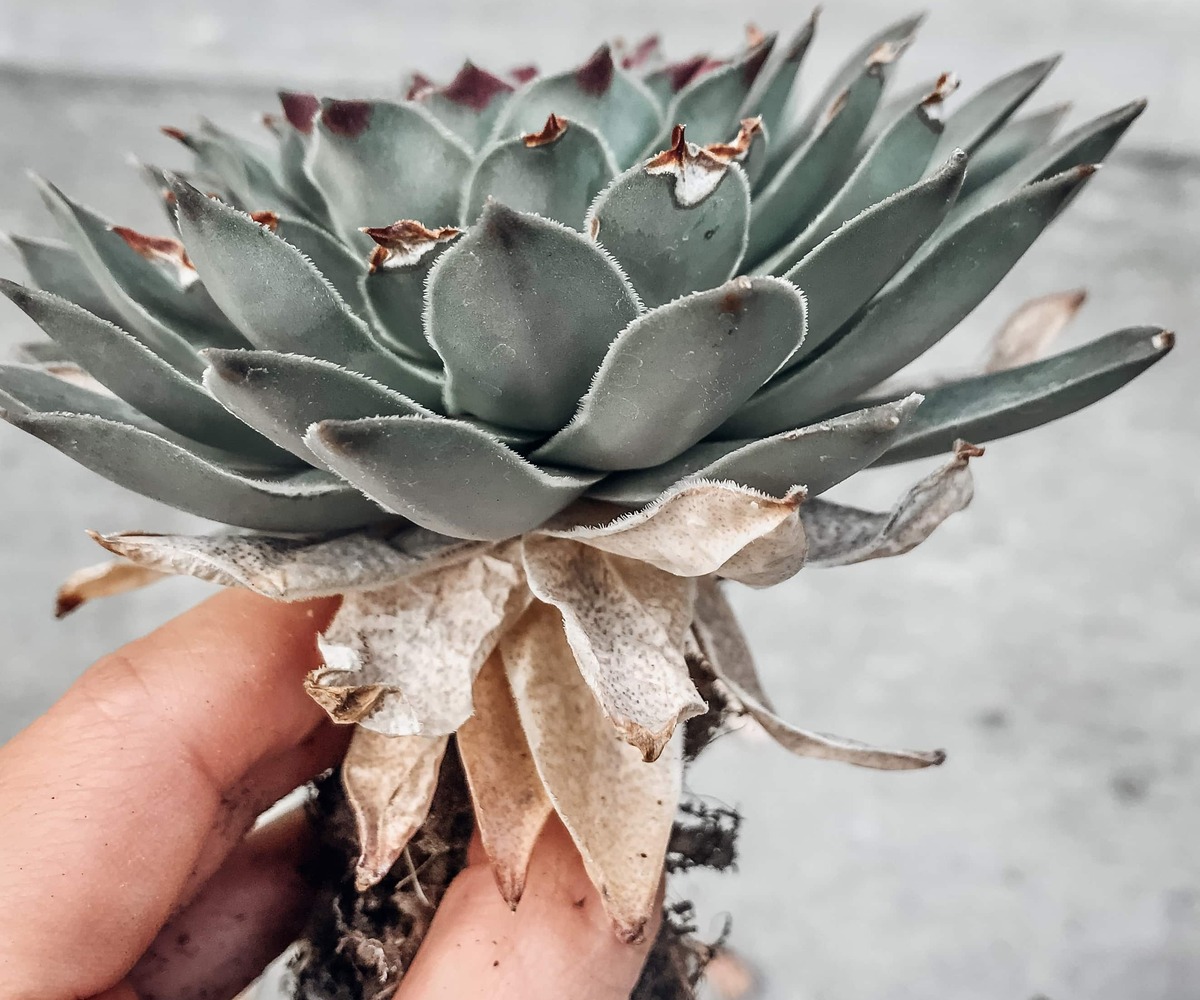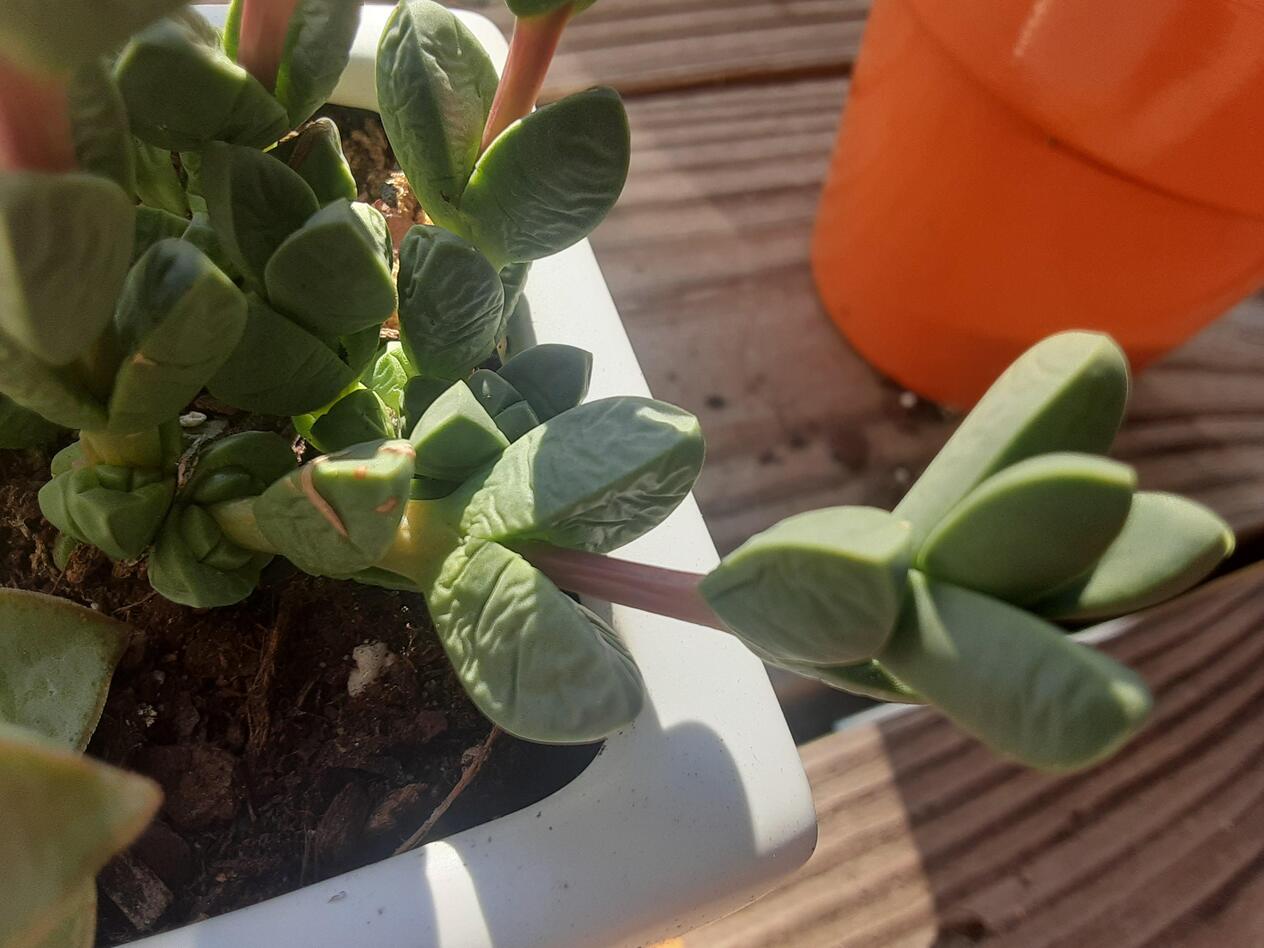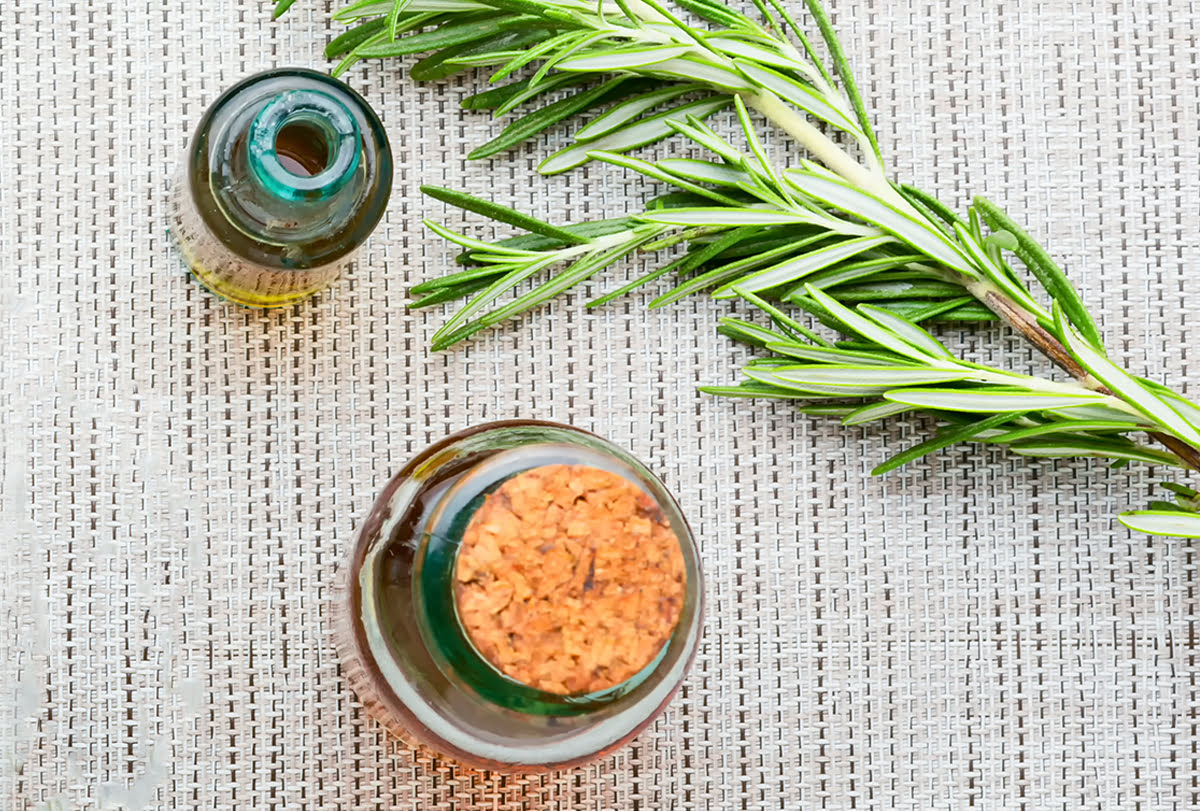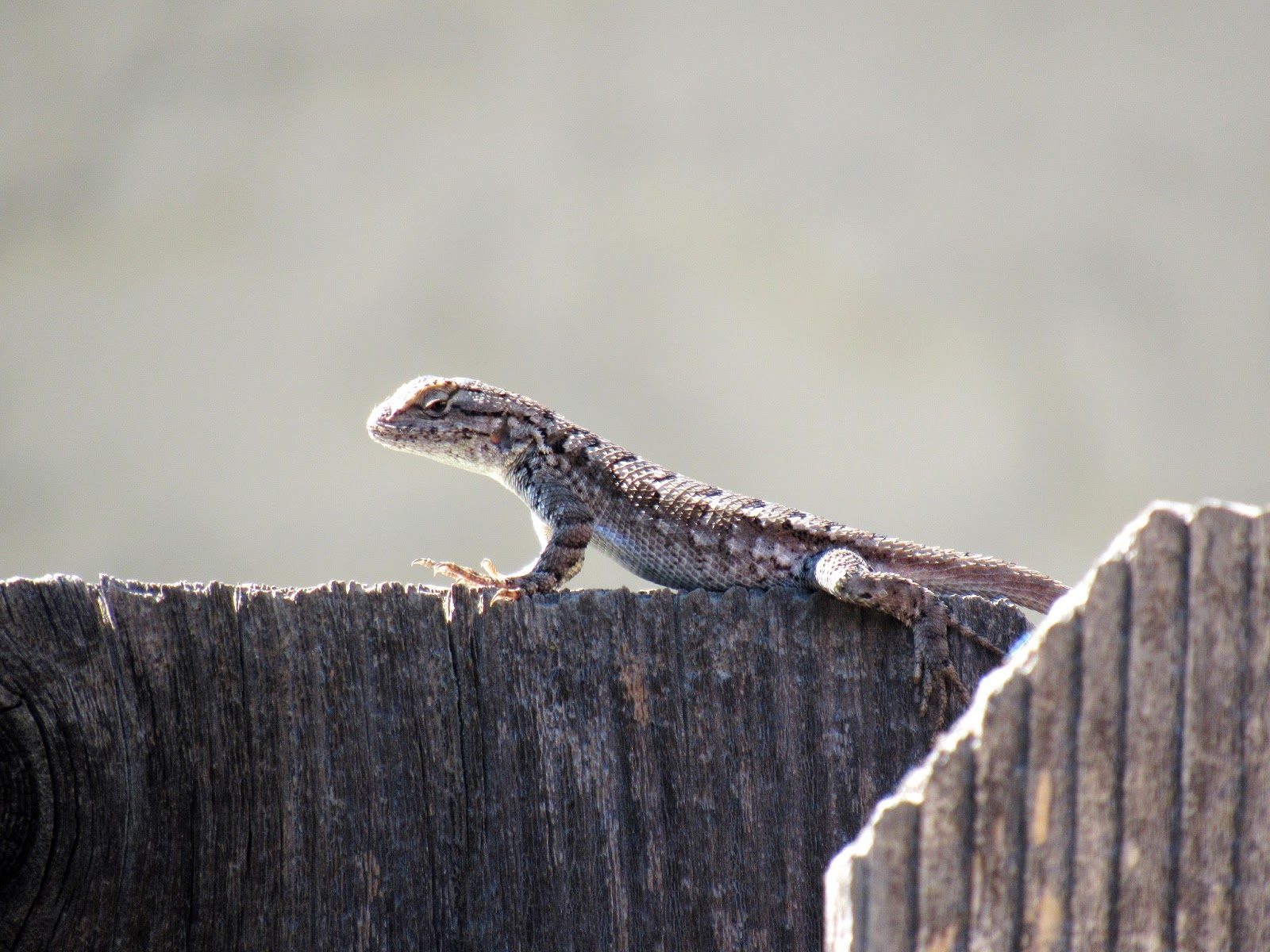Home>Gardening Techniques>Plant Care>What Temperature Should I Bring My Succulents Inside


Plant Care
What Temperature Should I Bring My Succulents Inside
Modified: January 22, 2024
Learn the best plant care tips for bringing your succulents inside, including the ideal temperature for a smooth transition. Keep your succulents healthy and thriving with our expert advice.
(Many of the links in this article redirect to a specific reviewed product. Your purchase of these products through affiliate links helps to generate commission for Chicagolandgardening.com, at no extra cost. Learn more)
Table of Contents
**
Introduction
**
As the seasons change and temperatures begin to drop, many succulent enthusiasts find themselves wondering when it's time to bring their beloved plants indoors. Succulents, known for their resilience and low-maintenance nature, thrive in specific environmental conditions. Understanding the ideal temperature for succulents and recognizing the signs that indicate it's time to transition them indoors is crucial for their well-being.
Succulents have gained popularity as indoor and outdoor ornamental plants due to their unique shapes, vibrant colors, and adaptability to various climates. However, despite their hardy nature, succulents are sensitive to extreme temperatures, especially cold. When the mercury starts to plummet, it's essential to consider the well-being of these plants and take appropriate measures to ensure they remain healthy and vibrant throughout the colder months.
In this article, we will delve into the world of succulents, exploring their ideal temperature requirements, the telltale signs that indicate the need for indoor transition, and valuable tips for ensuring a smooth and successful transition for these remarkable plants. Whether you're a seasoned succulent enthusiast or a novice plant parent, understanding the nuances of succulent care during seasonal changes is vital for fostering a thriving and flourishing succulent collection.
Understanding Succulents
Before delving into the specifics of caring for succulents during temperature transitions, it’s essential to understand the unique characteristics of these remarkable plants. Succulents are a diverse group of plants that have evolved to thrive in arid and semi-arid regions, characterized by limited water availability and fluctuating temperatures. Their ability to store water in their fleshy leaves, stems, or roots allows them to survive in harsh environments where other plants may struggle to thrive.
One of the defining features of succulents is their remarkable adaptability to a wide range of growing conditions. From the scorching heat of deserts to the cool temperatures of mountainous regions, succulents have evolved to withstand extreme temperature differentials. This adaptability has made them popular choices for indoor and outdoor landscapes, as they can endure conditions that would be challenging for many other plant species.
Furthermore, succulents exhibit a wide array of shapes, sizes, and colors, making them versatile additions to any plant collection. From the iconic rosettes of Echeveria to the striking architectural forms of Agave, succulents offer an unparalleled aesthetic appeal. Their visually captivating appearance, coupled with their low-maintenance nature, has contributed to the surge in popularity of succulents among plant enthusiasts and interior decorators alike.
Understanding the natural habitat and evolutionary adaptations of succulents provides valuable insight into their care requirements, particularly when it comes to temperature considerations. By appreciating the resilience and unique characteristics of these plants, we can better cater to their needs and ensure their continued well-being as we navigate the seasonal changes that affect their growing environment.
Ideal Temperature for Succulents
Succulents thrive in environments with moderate to warm temperatures, making them well-suited for outdoor growth in regions with mild climates. While specific temperature preferences can vary slightly depending on the succulent species, a general guideline for ideal temperatures is between 60°F and 80°F (15°C to 27°C) during the growing season. These moderate temperatures provide the optimal conditions for succulents to photosynthesize, grow, and flourish.
During the winter months, when temperatures begin to drop, many succulents can tolerate cooler conditions, provided they are not exposed to frost or prolonged freezing temperatures. However, prolonged exposure to temperatures below 40°F (4°C) can be detrimental to most succulent species, potentially leading to frost damage and cellular damage from freezing.
It’s important to note that while succulents can tolerate a degree of temperature fluctuation, sudden drops in temperature or prolonged exposure to cold can compromise their health. Therefore, monitoring the weather and being mindful of temperature changes is crucial for safeguarding the well-being of these resilient plants.
For succulents grown indoors, maintaining a consistent room temperature within the recommended range is essential for their overall health. This can be achieved by situating them in well-lit areas away from drafts or cold spots, ensuring they receive adequate warmth and light to support their growth and vitality.
Understanding the ideal temperature range for succulents is pivotal for providing them with a conducive environment for thriving. By being attuned to their temperature preferences, we can make informed decisions regarding their care, particularly as we approach the transition from outdoor to indoor environments during the colder months.
Signs It’s Time to Bring Succulents Inside
Recognizing the signs that indicate the need to bring succulents indoors is crucial for preserving their health and vitality as outdoor temperatures begin to decline. While succulents are resilient plants, certain indicators suggest that it’s time to transition them to a more sheltered environment. By being attentive to these signs, we can ensure that our succulents continue to thrive throughout the changing seasons.
One of the primary signs that it’s time to bring succulents indoors is the onset of cooler temperatures, especially during the evening and nighttime. When outdoor temperatures consistently drop below the recommended range for succulents, typically around 60°F (15°C), it’s a clear indication that the plants may benefit from the protection of an indoor environment.
Furthermore, as the days grow shorter and sunlight becomes less abundant, succulents may exhibit reduced growth and vitality. While succulents are known for their ability to adapt to varying light conditions, a noticeable decline in their overall vigor and the onset of dormancy can signal the need for a transition to an indoor setting with ample light exposure.
Another telltale sign that it’s time to bring succulents inside is the risk of frost or freezing temperatures in the outdoor environment. Even cold-hardy succulents have limits to the temperatures they can withstand, and prolonged exposure to frost can lead to irreversible damage. Therefore, as the threat of frost looms, it’s advisable to proactively move succulents indoors to shield them from potential harm.
Additionally, if there is an impending weather forecast indicating a significant drop in temperature or the likelihood of inclement weather, such as frost or freezing rain, it’s prudent to preemptively relocate succulents indoors to safeguard them from the adverse effects of harsh outdoor conditions.
By remaining attentive to these signs and attuned to the environmental cues, we can ensure the well-being of our succulents and facilitate a seamless transition from outdoor to indoor environments, allowing them to thrive regardless of the seasonal changes.
Tips for Transitioning Succulents Indoors
Transitioning succulents from an outdoor environment to the controlled conditions indoors requires careful planning and execution to ensure a smooth adjustment for the plants. By following a few essential tips, we can effectively facilitate the transition and provide our succulents with the best possible care during the colder months.
Gradual Acclimatization:
When bringing succulents indoors, it’s beneficial to acclimate them gradually to the indoor environment. Sudden changes in light, temperature, and humidity can stress the plants, so it’s advisable to initially place them in a partially shaded area indoors before gradually moving them to their designated spots with ample sunlight.
Optimal Light Exposure:
Positioning succulents in well-lit areas indoors is crucial for maintaining their health and promoting continued growth. Placing them near south-facing windows or under grow lights can help replicate the sunlight conditions they were accustomed to outdoors, ensuring they receive the light they need to thrive during the winter months.
Balanced Watering:
Indoor environments typically have lower humidity levels than outdoor settings, which can impact the water requirements of succulents. It’s important to adjust the watering frequency to accommodate the drier indoor air while ensuring that the soil dries out between waterings to prevent root rot and moisture-related issues.
Temperature Considerations:
While indoors, maintaining a consistent room temperature within the recommended range for succulents, ideally between 60°F and 80°F (15°C to 27°C), is essential for their well-being. Avoid placing succulents near drafty areas or heat sources that may cause fluctuations in temperature, as stability is key to their continued health.
Pest Prevention:
During the transition indoors, it’s crucial to inspect succulents for any signs of pests or diseases. The controlled indoor environment can sometimes create favorable conditions for pests, so proactive monitoring and preventive measures, such as gentle cleaning and the use of natural pest deterrents, can help safeguard the plants.
Minimal Disturbance:
Once succulents are settled into their indoor environment, minimizing unnecessary movement or disturbance can aid in their acclimatization. Avoid frequent repotting or excessive handling during this period to allow the plants to adjust and establish themselves in their new surroundings.
By implementing these tips and being attentive to the specific needs of succulents during the indoor transition, we can ensure that these remarkable plants continue to thrive and bring joy throughout the winter months.
Conclusion
As the seasons shift and outdoor temperatures fluctuate, the well-being of succulents becomes a focal point for plant enthusiasts and caretakers. Understanding the ideal temperature range for succulents, recognizing the signs that indicate the need for indoor transition, and implementing effective strategies for transitioning succulents indoors are pivotal for ensuring their continued health and vitality.
By comprehending the unique characteristics of succulents and their natural habitat, we gain valuable insights into their adaptability and specific care requirements. These resilient plants, with their ability to store water and endure diverse growing conditions, have captivated the hearts of plant lovers around the world, becoming cherished additions to indoor and outdoor spaces alike.
As we navigate the transition from outdoor to indoor environments, it’s essential to remain attentive to the environmental cues and the needs of our succulents. By acclimating them gradually, providing optimal light exposure, adjusting watering practices, and maintaining stable indoor temperatures, we can facilitate a seamless transition that supports their well-being throughout the colder months.
Ultimately, the successful transition of succulents indoors requires a harmonious blend of knowledge, attentiveness, and care. By incorporating these elements into our succulent care routines, we can continue to enjoy the beauty and resilience of these remarkable plants, fostering a thriving and vibrant succulent collection that brings joy and tranquility into our homes.
Embracing the seasonal changes with a mindful approach to succulent care allows us to cultivate a deeper connection with nature and the remarkable world of succulents, nurturing a sense of harmony and balance within our living spaces. As we embark on this journey of caring for succulents during temperature transitions, we embark on a journey of stewardship, mindfulness, and appreciation for the wonders of the plant kingdom.
